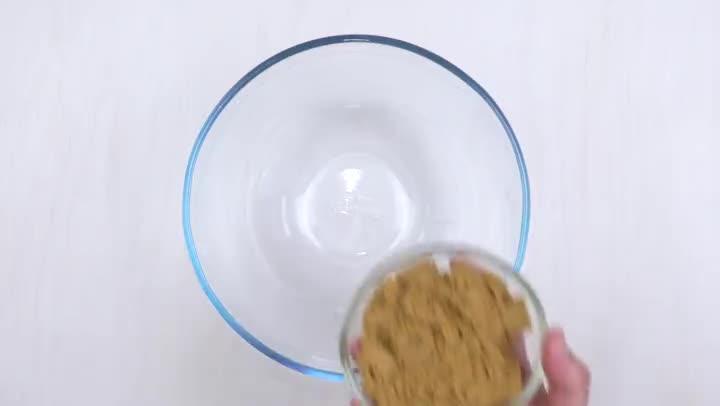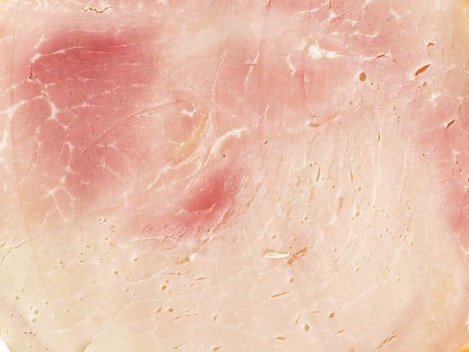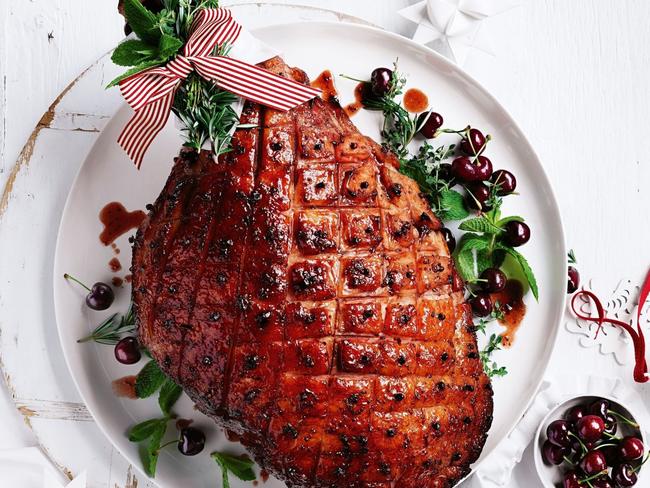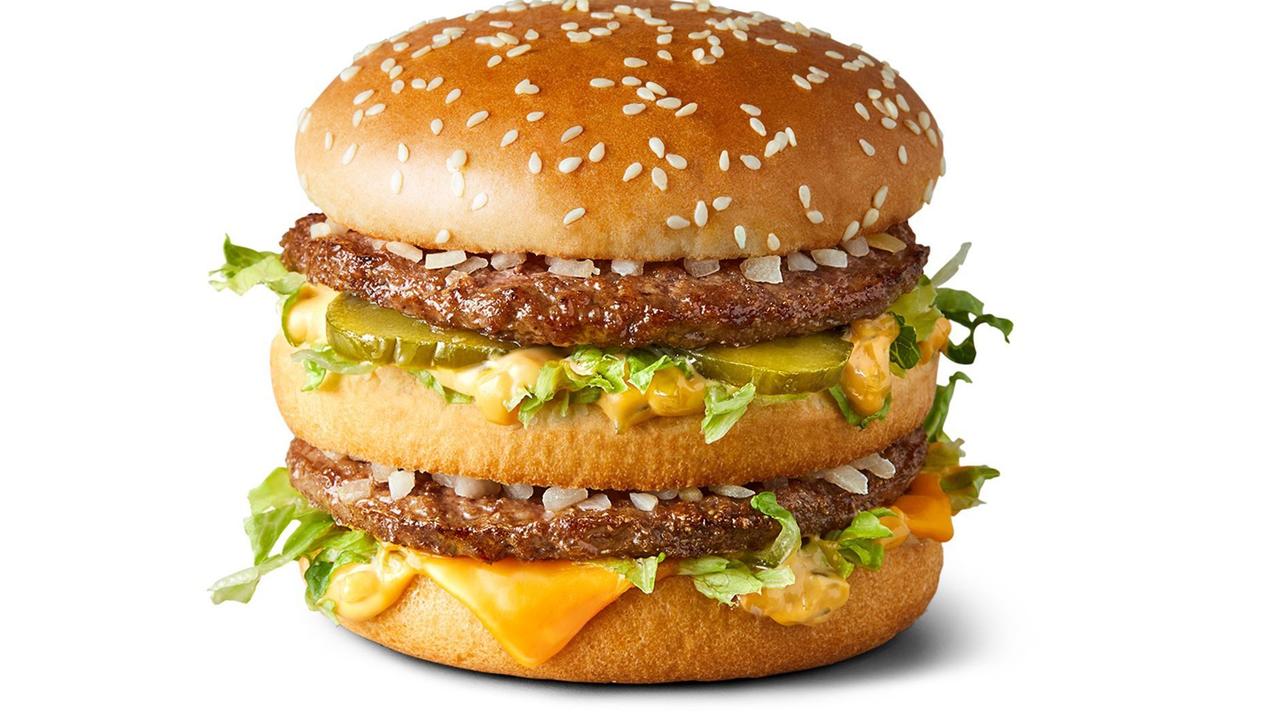Rainbows on ham? Here’s how to tell if it is safe to eat
With Christmas just around the corner, now’s the time to explore one of the world’s greatest food mysteries - who do rainbows appear on ham. Find out what causes it and how to tell if the meat is bad.

We’ve all been there: lunchtime arrived and it’s time to make a sanga to keep you going for the rest of the day. Today’s sandwich filling choice is ham: it’s delish and makes for a satisfying sandwich filling. As you go to place the ham on your sandwich you witness this rainbow sheen that completely turns you off the deli meat for good – eating meat that looks like a mermaid’s tail is just not for you.
At this point you’ve probably been like most of us: taking that ham straight to the garbage bin – the ham is “clearlyyyyy” spoiled.
But, before you go to chuck out what you think is spoiled meat: have you ever wondered what this iridescent sheen is?
Don’t chuck your ham out yet! Today, we’re going to tell you everything you need to know about the rainbows on your meat and whether or not it’s safe to consume.

What are there rainbows on my ham?
Rainbows often show up on pork and beef products such as ham, roast beef and silverside. For many of us, this iridescent sheen is associated with spoilage, however, a photonic effect (basically the science behind light) is the culprit of mermaid tail-coloured meat.
A study from the University of Cambridge delved into the causes of rainbows on meat and found that this colour has, largely, nothing to do with the pigments in the meat but rather the way light hits the structure of cut muscle tissues. When light reflects off muscle proteins, it causes a dispersion of what we can simply understand as rainbows.
Different types of muscle tissue produce different colours and intensities of iridescence. For example, in beef this iridescence look is more likely to show up in semitendinosus muscle, which is muscle around the leg and rump of a cow – it is a more muscular cut of meat which means it is more affordable and tends to be used in deli meats.
Is it safe to consume?
Yes! Since the rainbows are a result of the diffraction of light it has nothing to do with the quality of meat, so go ham on your ham. The USDA states that spoiled meat can better be detected by odour and if the meat is slimy or sticky. Lunch meats should be kept in the refrigerator and eaten within three to five days.

The ultimate glazed ham
If you haven’t been turned off ham just yet, and are looking for the perfect Christmas ham recipe then look no further than our cherry glazed ham. This super sweet, citrusy and spicy glaze uses cherry jam, marmalade, mustard, spices and more that pairs perfectly with a salty ham. You can check out the recipe HERE.
Some more ham recipes:
Creamy chicken and ham lasagne
More food science
THIS is why your rice always goes gluggy
Can I use potatoes if they are green
Ask the experts: why does my salmon sweat white gunk in the oven?
For more recipe ideas, go to taste.com.au or check out the Taste Test Kitchen now.
Originally published as Rainbows on ham? Here’s how to tell if it is safe to eat


